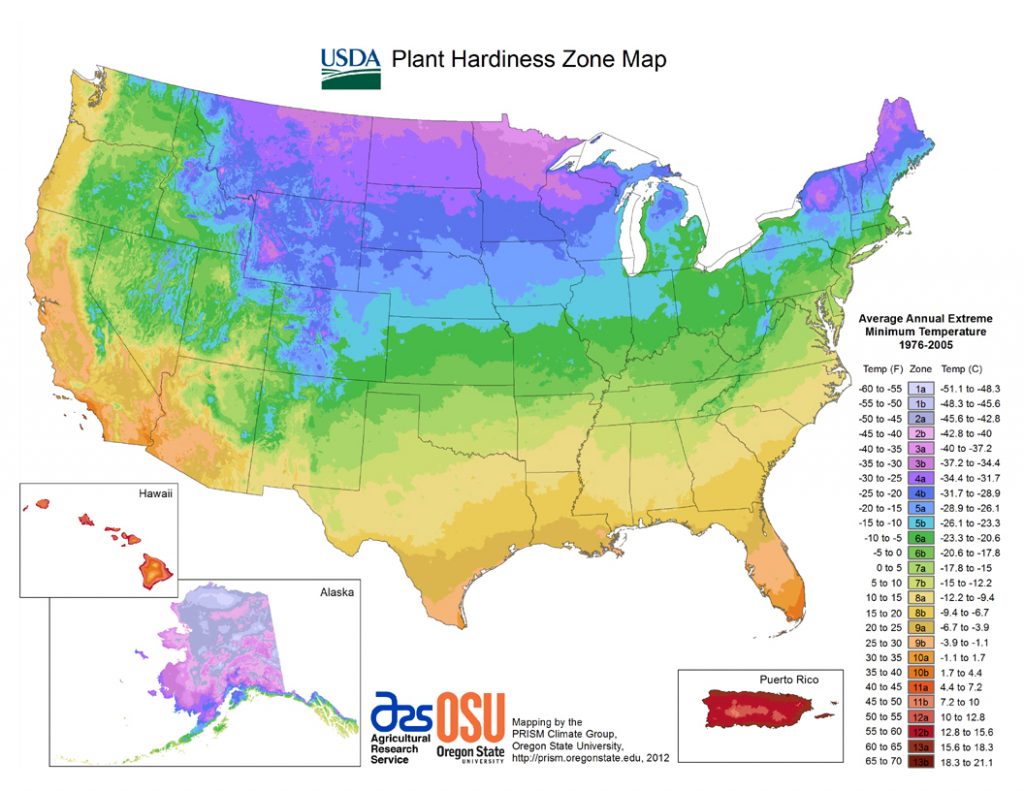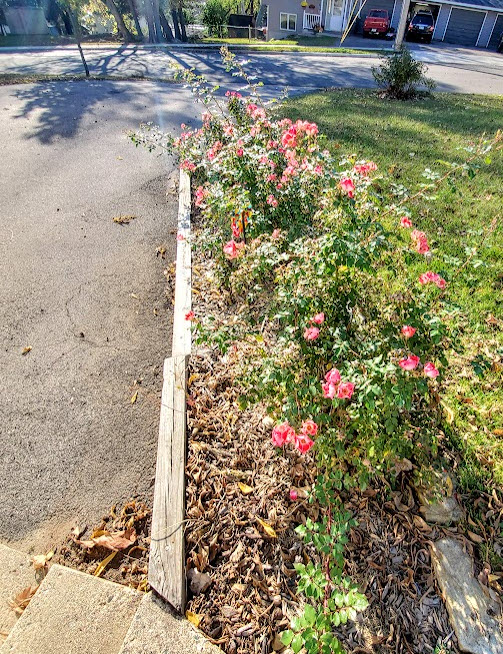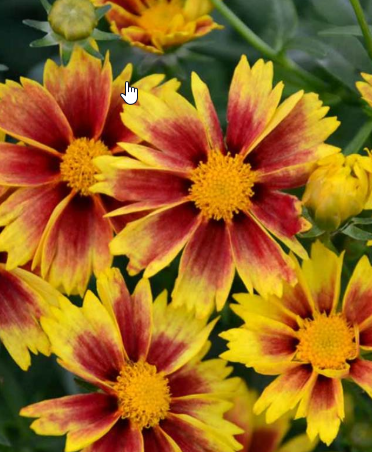Click below to listen to my 2 min. Garden Bite radio show/podcast: Climate zones plus!
Audio PlayerI’ve seen the buzz lately in trade magazines and websites discussing the fact that our climate zones are NOT absolute. This isn’t really NEW news but it IS news that backyard weed warriors or weekend gardeners don’t really think about.

First a little info on how climate zones are determined; Data is collected for a 30-year period from nearly 8,000 temperature stations around the country to create the hardiness zone map. The data is reviewed by a team of climatologists, agricultural meteorologists, and horticultural experts, double-checking the data for errors or biases. 13 zones have been created. It was revised in 2012 by ½ a zone.
I live in zone 4b. However, I could plant zone 5 plants near my blacktopped driveway on the south side of my home. Why? Because it’s a microclimate due to the heat that is absorbed in the area of that blacktop and the full sun (south side)

- Cities are generally warmer while mountain tops are colder. Urban heat island.
- Large, unfrozen bodies of water can impact an area’s hardiness zone as those areas adjacent to bodies of water stay a bit warmer in winter and cooler in summer because water moderates the air temperatures.
- In your own yard, hills, valleys, windy areas, areas of moisture affect that small pocket of earth you want to plant in.
Even plants deemed safe in your zone can be toast if we have extreme cold temperatures, especially over several days. However, if you’re really interested in growing that warmer zone specific plant, do it! But treat it as an annual.

